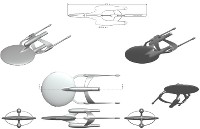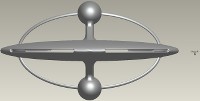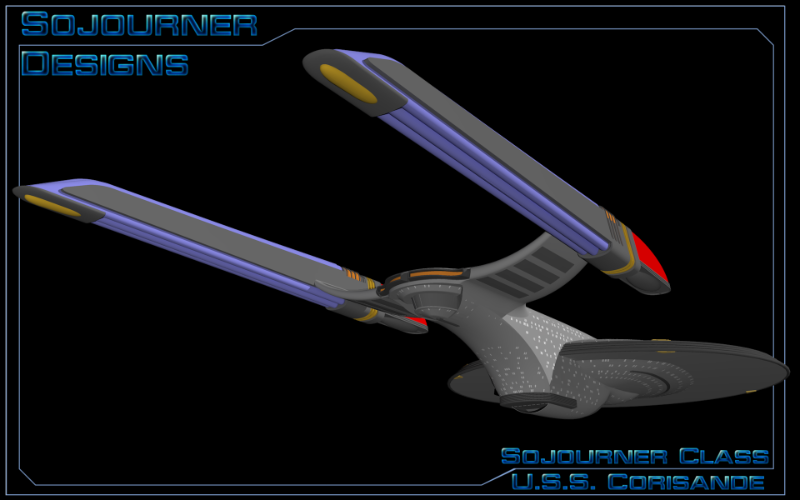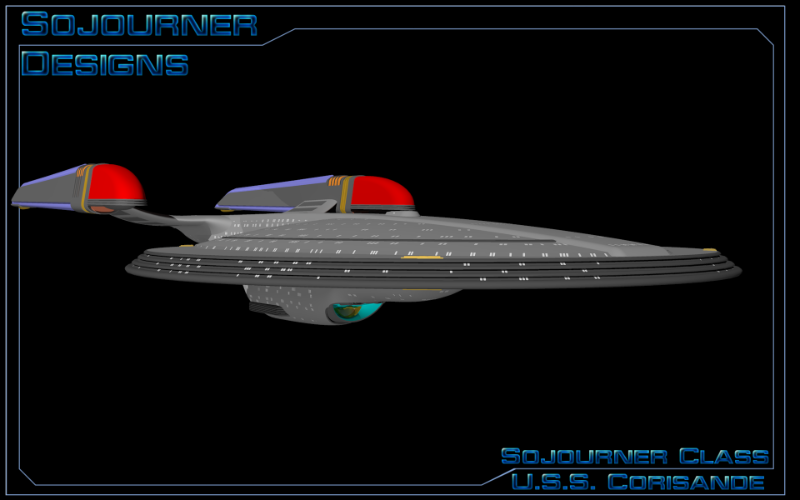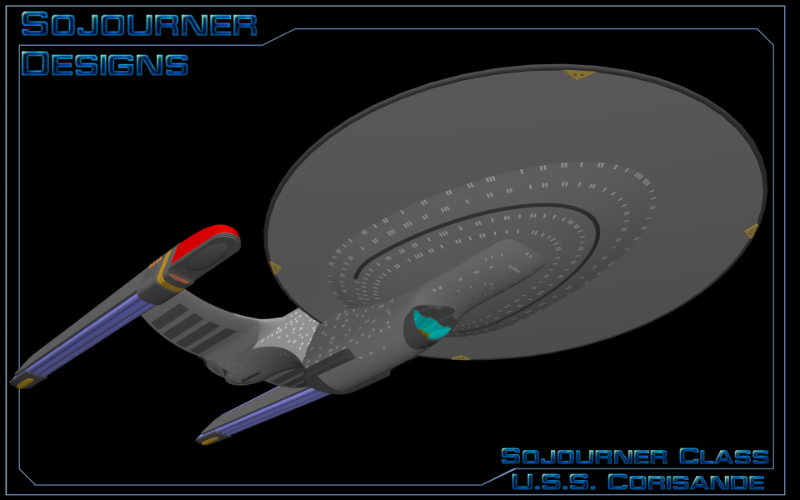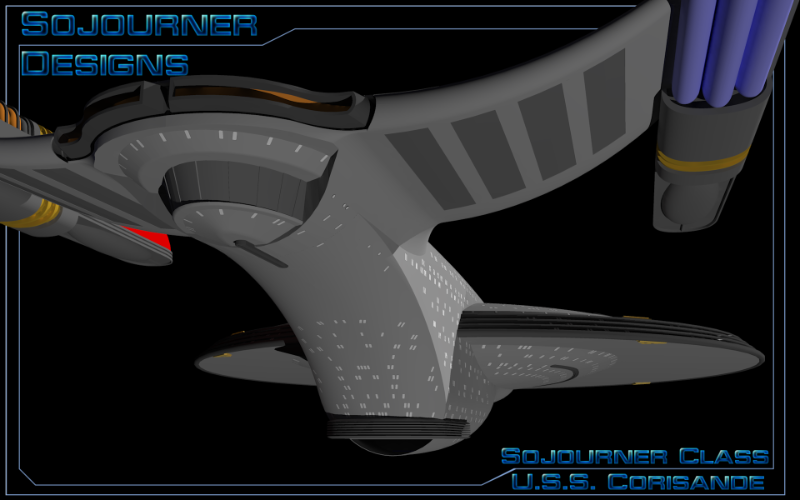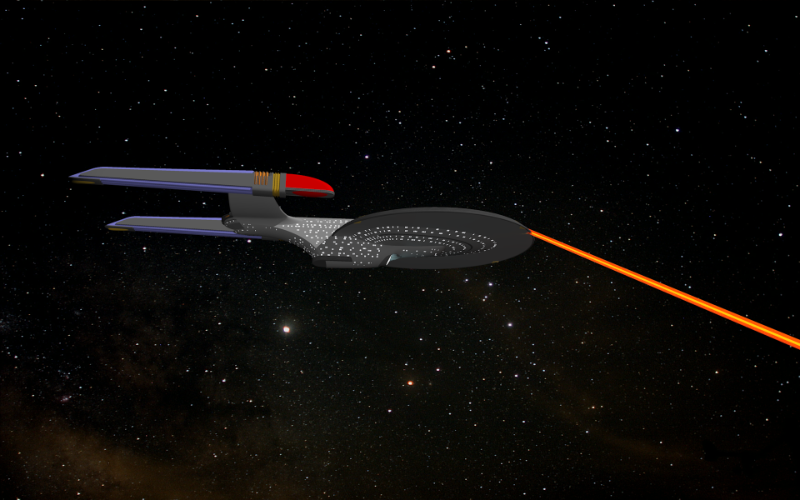(It's also why, even though I have a "future Enterprise" design I've done, I chose not to present it to this contest!)
Now now, Cary. Don't be a tease.
Okay, since a couple of people have mentioned this to me, I guess I'll show what I'd done.
Mind you, this is waaaay too "advanced" to be the 1701-F anyway. It's probably post-J, really... so maybe I should call it the "Enterprise L."
The ship is designed as the first true intergalactic explorer. As such, it is just HUGE, intended to survive and keep the crew sane even if they never make it home. It also has new/modified propulsion systems.
Obviously, the design is lacking in detail... this was just a general "how things go together" and "scale" model. If you click on the links to the images, you'll see my 1701 model alongside it... though you'll need to look closely! This ship, from tip of the "dual saucer" to the aft end of the slipstream nacelle spires is 4.2 miles long.
I started off playing with the idea of "the game" but abandoned that and just tried things I've always wanted to do in starship design. I'm not 100% happy with it, but I think it works as a 26 or 27th century intragalactic explorer.
Each of the two "secondary hulls" contains sensors, massive cargo bays, power generation, and some of the propulsion system (what would be considered "warp drive" by TNG standards, without the slipstream nacelles which make it far, far faster than "warp drive" would ever allow). They also contain massive "parkland/agricultural" facilities in their cores.
The saucer is actually two "bowls stacked together, with a core in the middle and interconnects at several locations along the sides. The saucer decks are actually circumferential rings, so that each side is just rowed with areas which can become windows. The inner side is more like looking out across an incredible cityscape than anything else you might think of. All the docking bays are on the inside of this cavity, by the way.
Since the ship is in various configurations of decks, the "lifts" are actually spherical shapes, and they reorient as they enter new areas of the ship. There are also intership transporters, though these are mainly used for emergency purposes.
